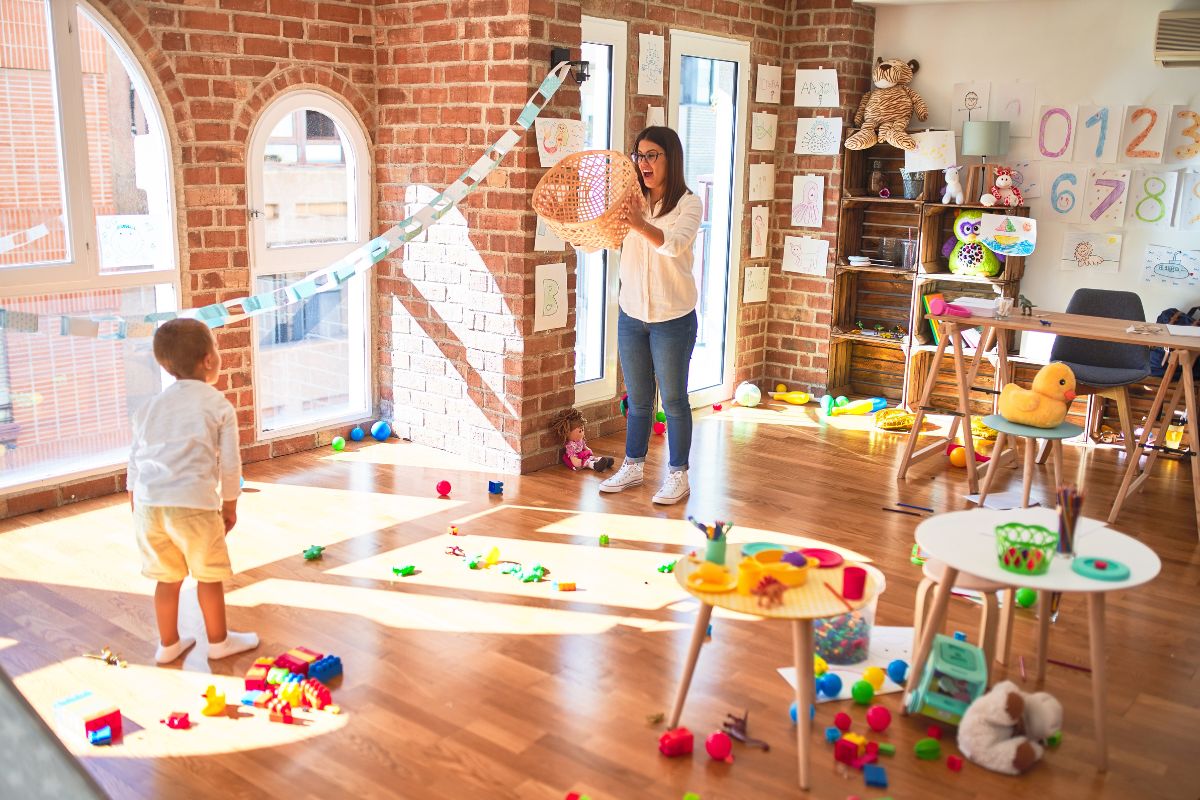Sensory processing differences can have a profound impact on emotions and behaviors, making it essential to identify triggers and implement effective strategies for support. In this article, we’ll explore how sensory challenges relate to meltdowns, common triggers, and actionable steps to create a supportive environment for individuals with autism.
Can Sensory Issues Lead to Meltdowns in Individuals with Autism?
Yes, sensory issues can lead to meltdowns in individuals with autism. These meltdowns are often the result of sensory overload, a state where an individual’s nervous system becomes overwhelmed by excessive or unfiltered sensory input. For people with Autism Spectrum Disorder (ASD), everyday stimuli such as bright lights, loud noises, or uncomfortable textures can become sources of significant distress.
Understanding Autism and Sensory Issues
ASD is a neurodevelopmental condition characterized by challenges in social communication, restricted interests, and repetitive behaviors. Each individual with autism is unique, with varying strengths and difficulties. Among these challenges, sensory processing differences often stand out as a significant factor impacting daily life.
Individuals with autism may experience sensory input differently. They might be hypersensitive (overly responsive) or hyposensitive (under-responsive) to stimuli like sounds, lights, smells, textures, and movements. For some, a simple sound might feel unbearably loud, while others might seek intense sensory input like spinning or jumping.
The Link Between Sensory Issues and Meltdowns
Meltdowns often occur as a response to sensory overload, a state where an autistic individual’s nervous system becomes overwhelmed by excessive or unfiltered sensory input. Recognizing the connection between sensory challenges and meltdowns can help caregivers take proactive steps.
How Sensory Overload Triggers Meltdowns
Sensory overload arises when an individual’s environment presents more sensory input than they can process. For instance, bright lights, loud noises, or strong smells might overwhelm someone who is hypersensitive to these stimuli. This overstimulation can cause stress and anxiety, leading to emotional dysregulation and meltdowns.
Meltdowns are not deliberate acts but rather a response to distress. They allow individuals to release tension and communicate their discomfort in situations where verbal expression may be challenging.
Recognizing Signs of Sensory Overload
Being able to identify sensory overload early can prevent meltdowns. Signs of sensory overload in individuals with autism often manifest in behavioral and physical changes. By staying attuned to these signs, caregivers can intervene early and support individuals before sensory overload escalates into a meltdown.
Behavioral Indicators
Behavioral changes can signal sensory overload, including:
- Increased irritability or agitation
- Avoidance of certain environments or stimuli
- Repetitive behaviors like rocking or hand-flapping
- Heightened emotional responses such as anger or frustration
- Withdrawal from social interactions
Physical Indicators
Physical signs of sensory overload provide additional clues, such as:
- Hypersensitivity to light, sound, or touch
- Increased heart rate or rapid breathing
- Muscle tension or clenching fists
- Headaches or nausea
- Difficulty maintaining balance or coordination
Strategies to Prevent Meltdowns
Prevention is key when addressing sensory-related meltdowns. Creating a supportive environment and teaching sensory regulation techniques can make a significant difference.
Creating a Sensory-Friendly Environment
A sensory-friendly environment reduces triggers and helps individuals feel more comfortable. By adapting environments to meet sensory needs, caregivers can reduce stress and promote a sense of calm. You can consider these strategies:
- Lighting: Use natural or dim lighting instead of harsh fluorescent lights.
- Noise Levels: Minimize loud sounds with sound-absorbing materials or provide noise-canceling headphones.
- Visual Clutter: Keep spaces organized and visually calming.
- Sensory Zones: Designate quiet areas equipped with comforting items like weighted blankets or sensory toys.
- Temperature Control: Maintain a comfortable room temperature and offer options like fans or blankets.
Implementing Sensory Regulation Techniques
Teaching individuals how to self-regulate sensory input is another powerful tool. Several techniques empower individuals with autism to manage sensory challenges independently, reducing the likelihood of meltdowns. Some effective strategies include:
- Deep Pressure Therapy: Gentle pressure through hugs or weighted blankets can have a calming effect.
- Sensory Diet: Incorporate activities like jumping, swinging, or brushing to help balance sensory input.
- Breathing Exercises: Practice deep breathing to reduce anxiety and manage stress.
- Visual Schedules: Provide structure and predictability through visual aids.
- Sensory Breaks: Allow time for quiet moments to self-regulate and recover.
Supporting Individuals During and After Meltdowns
Despite preventative measures, meltdowns may still occur. Knowing how to respond and provide aftercare is essential for helping individuals feel supported. Remaining calm and empathetic during a meltdown also helps create a safe space for the individual to recover.
How to Respond During a Meltdown
Knowing how to respond effectively can help de-escalate the situation, ensure the individual feels safe, and foster recovery. This section provides practical strategies to guide caregivers in managing meltdowns with empathy and understanding.
Aftercare and Recovery
After a meltdown, focus on providing comfort and helping the individual return to a state of calm. Luckily, there are steps to ensure the individual feels cared for and supported, promoting emotional recovery and resilience. Effective strategies include:
- Reassurance: Offer verbal and physical comfort to help them feel secure.
- Sensory Comfort: Use tools like weighted blankets or deep pressure therapy.
- Routine: Reestablish normalcy by returning to familiar routines.
- Reflection: Identify triggers and evaluate responses to improve future support.
- Professional Guidance: Consult therapists or specialists if meltdowns become frequent or severe.
Empowering Caregivers and Individuals
Understanding the link between sensory issues and meltdowns allows caregivers to provide more effective support. By recognizing triggers and teaching self-regulation techniques, parents and caregivers can help individuals with autism navigate their sensory challenges with confidence.
At Rainbow ABA, we offer personalized ABA therapy in New Jersey to help individuals with autism build essential coping skills and thrive in their daily environments. Contact us today to learn more about our high-quality services and how we can support your loved one on their journey!
Sources:



